Posing In-Depth Research Questions
How does CAIRN help meet your research needs?
When considering one’s ability to pose in-depth research questions, one must first consider the different variables. The emergence of visual culture as a discipline of study in the humanities gives rise to an important opportunity for innovative research. CAIRN is therefore a one-of-a-kind database that allows researchers to further their knowledge of literary and historical contexts through the use of images and their interconnecting metadata.
Creating Research Questions Based on Visual Culture
Images give new context to literary sources and contain information not always communicated by textual sources. In the early modern period, this reality is further complicated by the fact that texts tended to be authored by men. Visualizing the world, however, often resulted in the masculine western gaze coming to rest on a diverse array of people and objects. CAIRN has attempted to capture this diversity through the instrument of detailed and inclusive metadata. Since the collections come from different countries and time periods, one can see the shift in image producers’ representations or understandings of the world from one era to the next. For example, the images in the collection can provide information about and affirm the presence of women, colonial violence, Indigenous people, and more. Visual culture also acts as a vehicle that drives new research opportunities and the formation of connections across disciplines.
Examples of Research Questions
How can CAIRN help you create an in-depth research question? The following example demonstrates some of CAIRN’s capabilities:
When looking at CAIRN’s collections on El poema de mio Cid, one can see that the representation of Jimena changes with time. This representation shifts through the use of wardrobe as cultural expectations become increasingly more conservative. From here, one could pose the following questions: How is Jimena represented across time and does the evolution of her representation reflect the shifting roles of women? How do fashion and religion intersect, and how might her appearance reflect gendered notions of power understood from a Catholic perspective?
Another possibility is to pursue an object-based study across all collections by searching for “crown,” which will catch any image featuring this object. We can then ask questions such as how often are women represented as wearing a crown compared to men; what secondary characteristics describe women who don a crown—do many of them hold books or scrolls aloft, or carry swords? A related inquiry might involve a search for “book” to see how various demographics use books: when Black people are featured reading or holding a book, what is the most common context or underlying condition for this illustration, and how can we understand race through this object?



